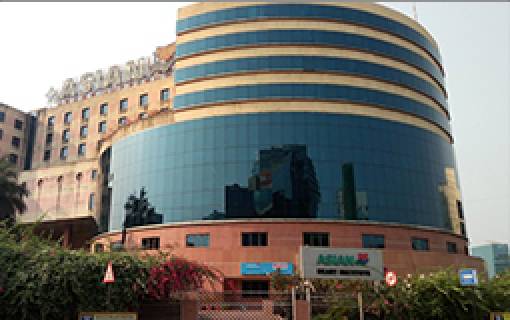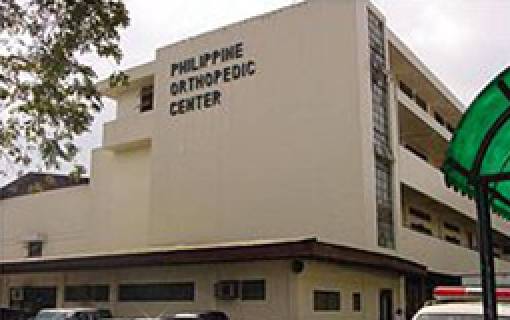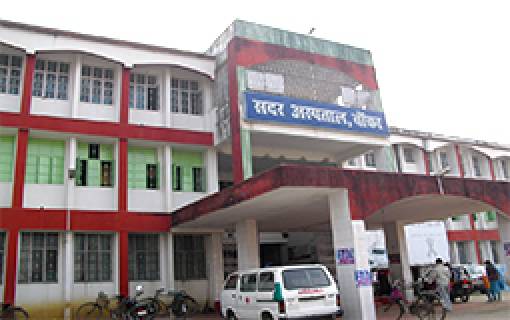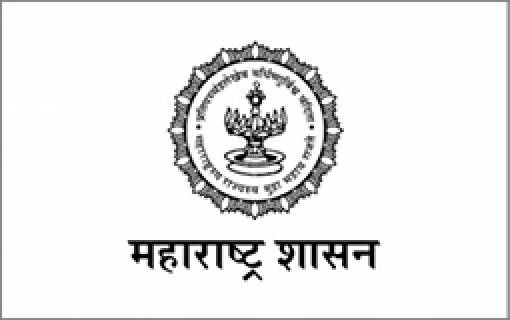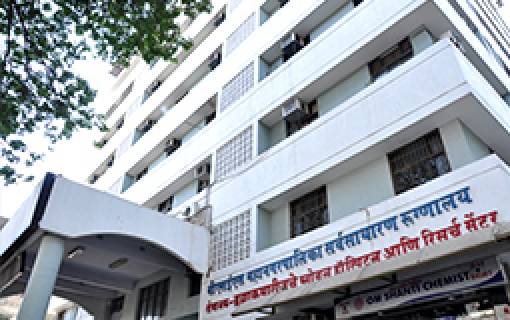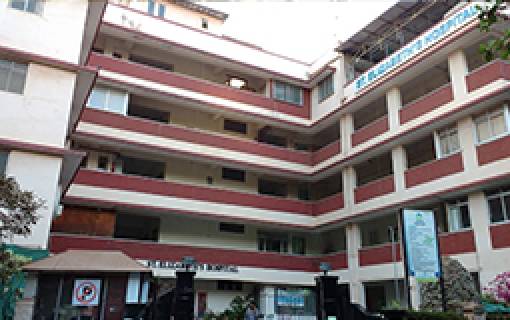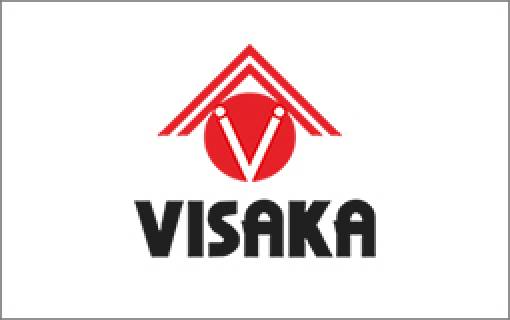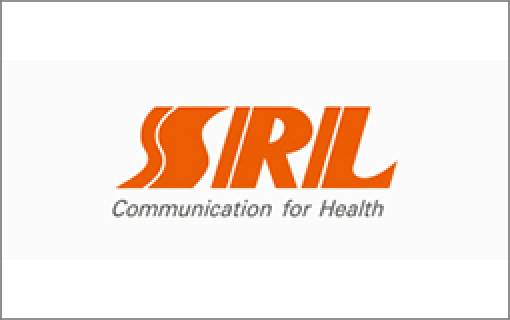Standard Operating Procedure Document Control in Healthcare
Standard Operating Procedures (SOP) form the backbone of any organization. For a complex organization like a hospital with multiple process flows occurring simultaneously, SOP’s act as the guiding document. It helps streamline the multiple clinical and non-clinical processes thus resulting in smooth flow of hospital operations and consistent quality management. However, more often than not, SOP’s do not serve the said purpose in most hospitals due to incorrect process of document control and are often perceived as an additional burden to existing workload especially at the time of hospital audits. Listed below are certain areas which are often overlooked by healthcare organizations while developing procedure documents:

-
- Contents of SOP: Apart from a thorough description of the process, every SOP should include the document number, document title, issue number, revision number and date of revision. It should also include the name, designation and signature of the personnel responsible for creation and approval of the document. Each one of these parameters are important and should be a part of all the SOP’s. Similarly, all the forms and checklist used in the organization should also be identified with a form no. and revision no. Given below is a sample format for a procedure document:

- List of Amendments: Every SOP manual should contain an amendment sheet with details of the changes made in any of the documents in the manual. It should also include the reason for the amendment and other details like the revision number and whom it was initiated by and approved by. The amendment sheet should be updated with every amendment and should act as a reference sheet for all the changes made in the manual.
- Control of document: There should be a single person/department responsible for control of the original document. The copies of the original documents should be clearly marked as controlled copies. Uncontrolled copies should also be clearly identified. The amendment should only be made by the person responsible for control of documents and the amended documents should be updated in the other copies of the procedure manuals.
- Access controls for soft copies of SOP: The soft copies of the procedure documents should also be controlled by a single person/department. Although a ‘read only’ version can be made available to the respective department for their reference, the true copies should have access controls assigned to ensure no amendments are made without following the proper process.
- Obsolete document: As soon as an amended document/form/checklist is approved and added to the respective procedure manual, the former document should be marked as obsolete. The obsolete documents can be maintained in a separate obsolete file for a time period as pre-decided by the organization. Similarly, obsolete forms and checklist should also be removed from circulation. The obsolete copies of documents should also be replaced in the soft copies of the manual. These copies can be maintained in a separate folder for the required time period.
- List of distribution: A list of departments/ personnel to whom the controlled copies of the manual are distributed to should be available in the department manual. Whenever any amendment is made in the SOP, it should be the responsibility of the person accountable for document control to ensure all the distributed copies are updated with the amended procedure document and obsolete copies are removed from circulation.
- Staff training: All staff should be aware of the process of document control in the organization and appropriate training should be provided in this regard. Moreover, whenever an amendment in the current procedure demands staff training, provisions should be made for the same to ensure effective implementation.
- Contents of SOP: Apart from a thorough description of the process, every SOP should include the document number, document title, issue number, revision number and date of revision. It should also include the name, designation and signature of the personnel responsible for creation and approval of the document. Each one of these parameters are important and should be a part of all the SOP’s. Similarly, all the forms and checklist used in the organization should also be identified with a form no. and revision no. Given below is a sample format for a procedure document:
An inefficient document control process could result in use of old/incorrect versions of forms and SOP’s, unauthorized amendments to documents, circulation of obsolete documents etc. Effective implementation of SOP’s can only be achieved with good document control process.
We would love to talk to you about your vision for your healthcare project and provide meaningful insights into how we can help you realize your goals. We look forward to hearing from you.
Project Highlights
We have had a proud association with various prestigious clients and projects.
Need Help? Send in your query.
Please fill out the form below and we will get back to you as soon as possible.



